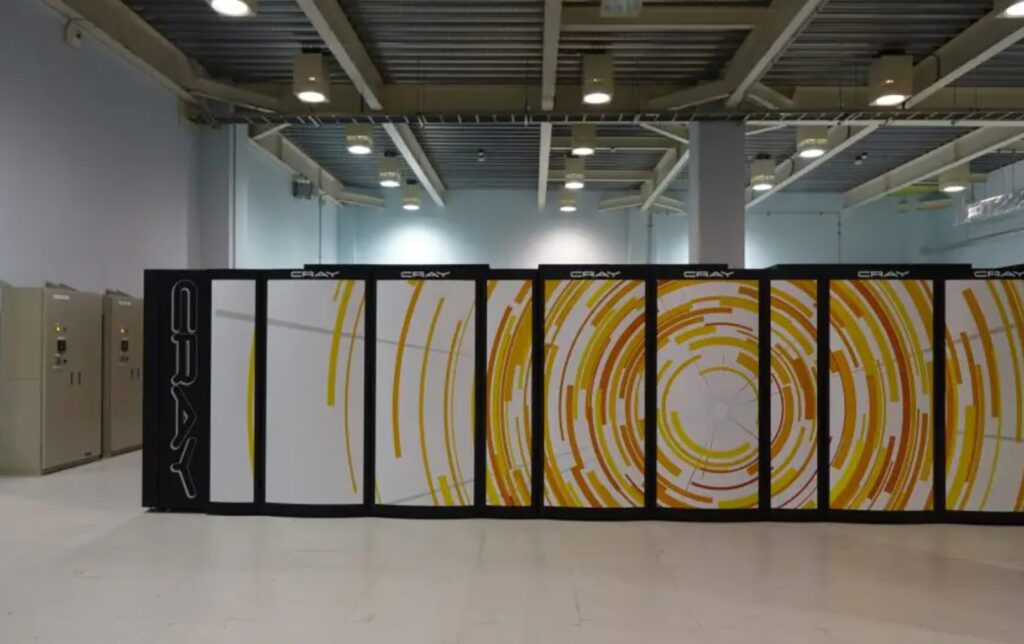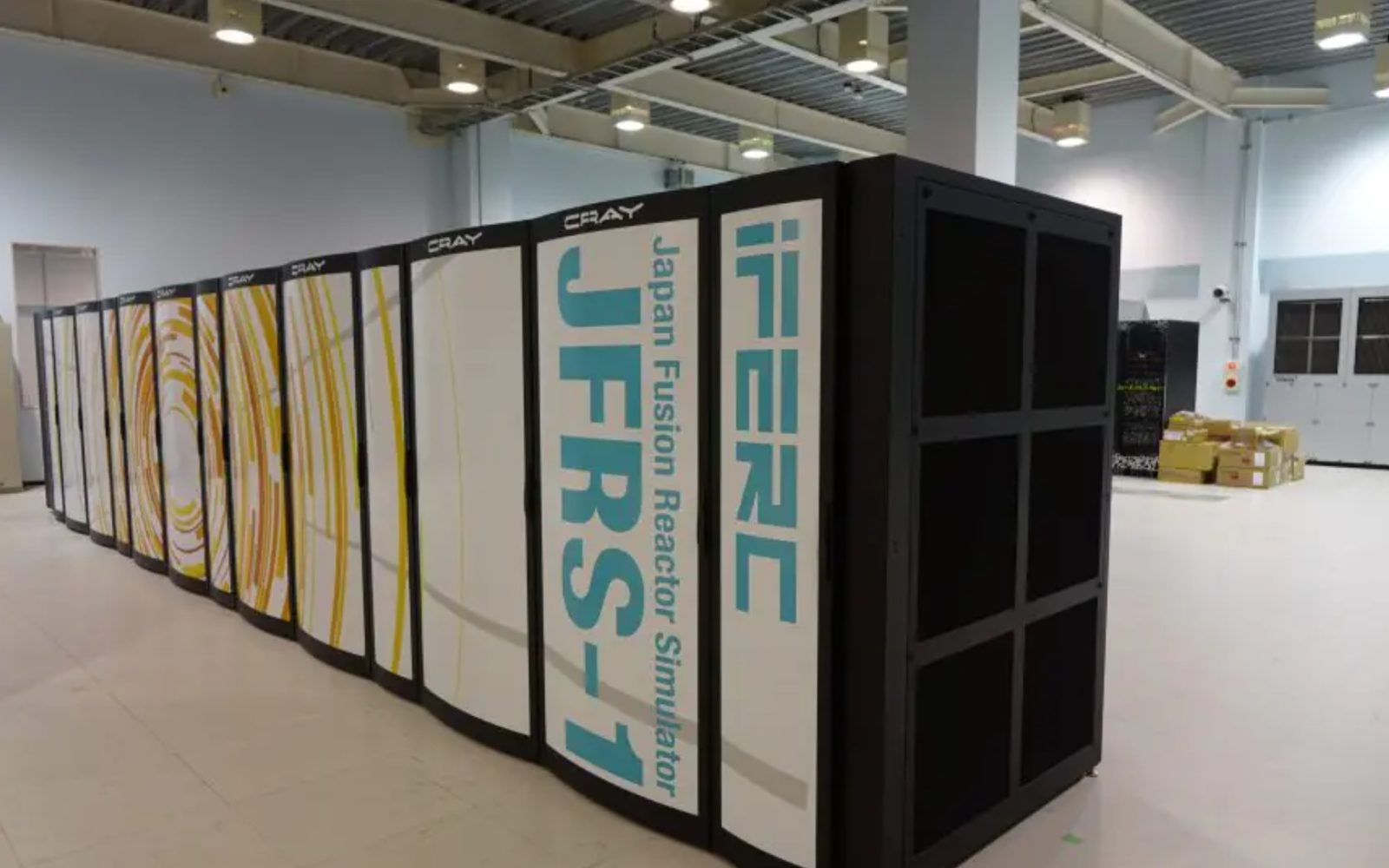As scientists break new ground in fusion know-how, the numerical models simulating what happens inside a reactor have become more complex and the data available has grown exponentially. In fact, the number of equations goes far beyond the capacity of conventional computers. Running them calls for a horsepower that only high-performance computing (HPC) can offer.
[tds_partial_locker tds_locker_id=”15″]Since 2012, Europe and Japan leverage HPC together through the Computational Simulation Centre (CSC), part of the International Fusion Energy Research Centre (IFERC). The CSC gives European and Japanese fusion researchers the possibility to use top-tier equipment without any cost. In a yearly call, a panel of scientists from both parties examines the proposals and allocates them time to use it. It’s a terrific opportunity for those wishing to understand more for fusion devices like ITER, JT-60SA or DEMO.
The new cycle of simulations started last April and will run until March 2025. Throughout the next year, the CSC will host 29 projects, including 8 joint Euro-Japanese joint simulations. “As set in the Broader Approach agreement, the CSC aspired to become a reference tool for the fusion community in Europe and Japan. The ambitious commitment of resources and diligent day-to-day management by the teams and suppliers have made this possible”, claims Raúl Guillén, CSC project manager at Fusion for Energy (F4E).
In Rokkasho, Japan, four rows of electronic racks fill the CSC room with the loud whirring of their cooling fans. The Japan Fusion Reactor Simulator (JFRS-1) is running non-stop. Owned by QST, this supercomputer is the main engine of the second phase of the CSC since 2020. JRFS-1 substituted the supercomputer Helios, procured and operated by F4E from 2012 to 2016. At the time, Helios ranked among the top ten most powerful computers in the world.


